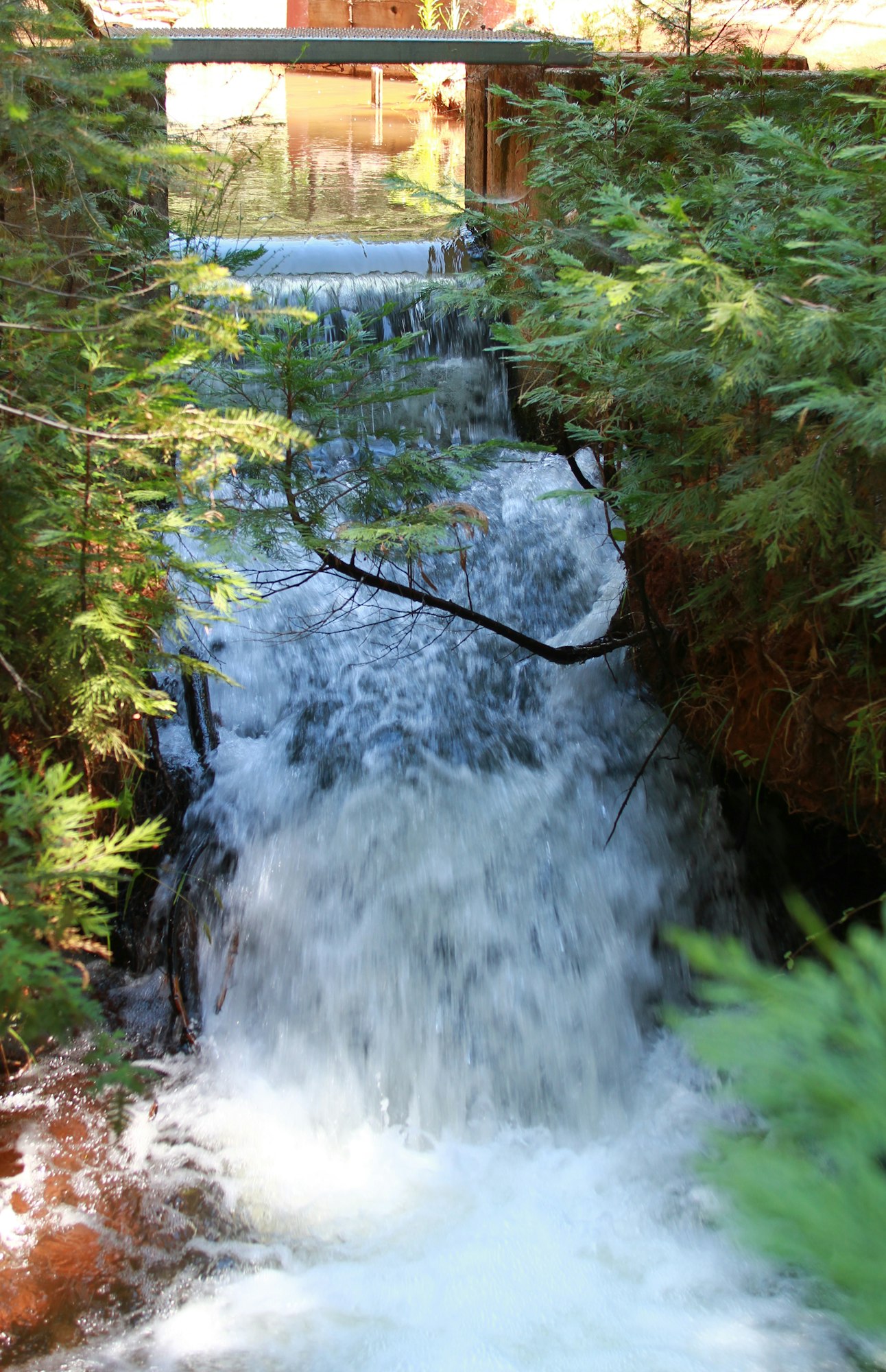Unimpaired flows to the Bay-Delta threaten our water supply
Let’s come together to keep water flowing for our community

In the early 1920s, Nevada County farmers, ranchers and average citizens rallied the vote to establish a district that could secure a dependable water source. It was an exceptional move. The promise was that the new district would deliver water from alpine watersheds of the Sierra Nevada to parched customers in the foothills of Nevada and Placer counties.
Since the formation of the Nevada Irrigation District (NID) in 1921, our towns and farms have flourished and as a result, we live in one of the finest regions in the state.
Now, in the grip of extreme weather events and a changing climate, we are recognizing more than ever that every drop of water is precious. It is central to our health and wellness, our environment, and it is what keeps our economy thriving.
Water has been a clarion call for decades throughout the West. Today, a new challenge for NID is presenting itself in a state proposal that could force more than half of our local water supply directly to the San Francisco/Bay Sacramento-San Joaquin Delta (Bay-Delta).
What’s the issue?
California water officials are working to update an action plan for the Bay-Delta to address serious declines of native fish populations and improve water quality.

The State Water Resources Control Board is in the process of deliberating between generally two options: a flow-only approach, which involves flushing 55 percent unimpaired flows (55%UIF) down rivers and streams into the Bay-Delta or an alternative that calls for a more balanced approach, which combines sustainable habitat restoration with sufficient water flow for aquatic wildlife and other diverse beneficial uses of water.
At first glance, the 55%UIF approach does not appear so detrimental. On the surface, it sounds great; but looking deeper we find that it forsakes our local water supply and adequate aquatic habitat for the imperiled fish in question. Unimpaired flows are defined as water flowing in streams that would occur if all runoff from the watershed remained in tributaries without dam storage or diversions.
NID supports the holistic alternative, known as the Healthy Rivers and Landscapes Program. This approach will provide a new pathway for diverse interests to work together stressing that every drop needs to serve multiple uses.
The 55%UIF regulations, if implemented, would cause significant and irreversible impacts to our community by forcing drastic cuts in water supplies and services while altering our regional way of life.
NID water supply model demonstrates devastating impacts to all NID public services
Over the past eight months, NID commissioned a computer model to predict our regional future water supply in the face of climate change and projected demands. Three climate model methodologies were used to bookend future outputs: a dry climate with high demand; a median climate with baseline demand; and a wet climate with low demands. NID then applied a 55%UIF requirement to the model scenarios. The results showed that on average under the 55%UIF scenario, NID would face a water supply deficit in more than 70 percent of the next 50 years moving forward.
Case Study: Scotts Flat Reservoir

Scotts Flat Reservoir is the primary source water supply for Nevada County. Given its small Deer Creek watershed, Scotts Flat is highly reliant on inter-basin diversion from the Yuba River.
Under the 55%UIF approach, inter-basin water deliveries would be constrained, forcing water to be kept away from Scotts Flat. As a result, the reservoir would be effectively at “dead pool” for the majority of years. Dead pool is when reservoir levels are so low, water can no longer flow downstream.
At dead pool, there effectively would be limited water supply for NID customers and would greatly hinder other beneficial uses including recreation and hydropower generation.
In the bar chart below, April 30 is used to show typical reservoir highpoint before the summer months. The graphic compares water levels at existing historical conditions to the 55%UIF approach if implemented.

Our Community Water
When you think about it, we are one community with many water needs. NID water is used for the foods we find in our local stores and at our farmers’ markets. Regional ranches provide the meat on our tables at dinner.
Our wildlife depends on adequate water to support healthy habitats. Water also supplies our lakes and reservoirs that are central for recreation and soul-soothing blue space. And, of course, NID provides the drinking water in our homes.
NID understands that water is essential for our economic, social, and ecological well-being. Our community will continue to thrive only as we are able to advance healthy rivers and lakes, landscapes and populations from the Sierra to the foothills.
A 55%UIF will devastate our way of life as we know it. The Healthy Rivers and Landscapes Program agreement is our best alternative for balancing local water needs with Bay-Delta concerns.
We need to work together to address the diverse array of water demands. Regardless of your particular interest in water use, at NID we believe that we all want the same thing: for our community and aquatic wildlife to thrive.
Please visit the NID website at nidwater.com to learn more about the Healthy Rivers and Landscapes Program and get involved in your local water.
